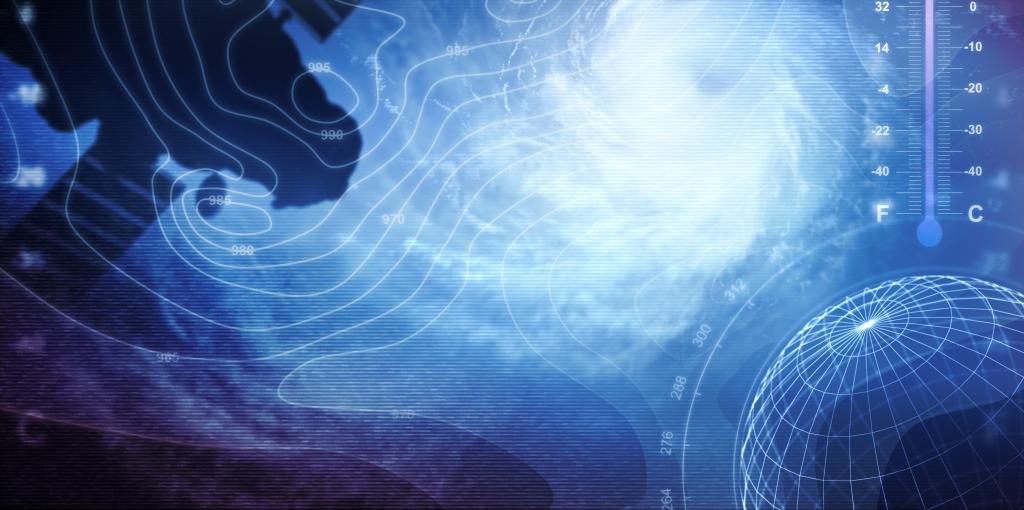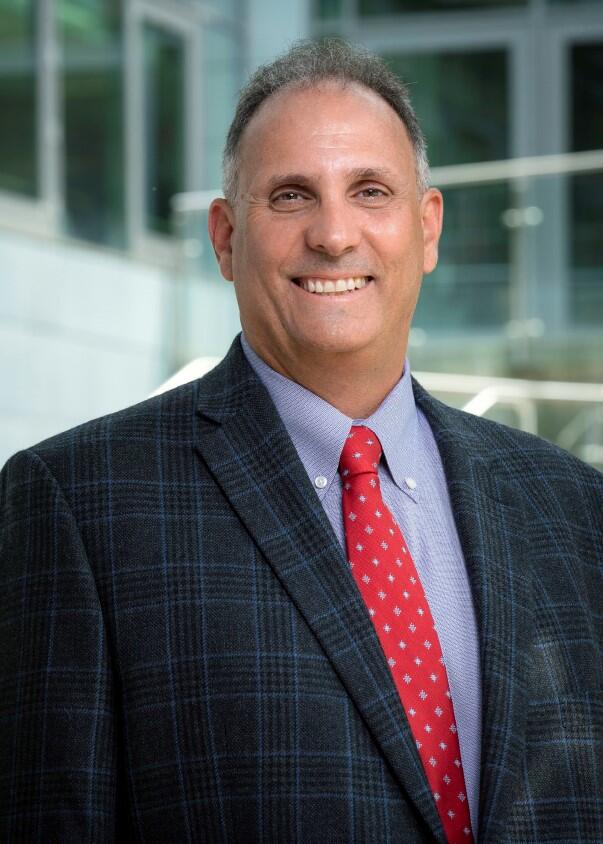Admission CTAs
Dean's Blog: Celebrating Hispanic Heritage
National Hispanic Heritage Month is a period from September 15 to October 15 in the United States for recognizing the contributions and influence of Hispanic Americans to the history, culture, and achievements of the United States. Each year, Americans observe National Hispanic Heritage Month by celebrating the histories, cultures and contributions of American citizens whose ancestors came from Spain, Mexico, the Caribbean and Central and South America.*
President Lyndon Johnson started observing Hispanic Heritage Week in 1968 and President Ronald Reagan expanded it to cover a 30-day period beginning in 1988. It was enacted into law on August 17, 1988, on the approval of Public Law 100-402.
But why those dates? The day of September 15 is significant because it is the anniversary of independence for Latin American countries Costa Rica, El Salvador, Guatemala, Honduras and Nicaragua. In addition, Mexico and Chile celebrate their independence days on September 16 and September 18, respectively. Also, Columbus Day or Día de la Raza, which is October 12, falls within this 30 day period.
I am proud of my Hispanic roots and have realized how they have given me a particular perspective in the different leadership positions I have held during my career, and how they may shape my role as Dean of Mason’s College of Science. In my introductory Q&A interview when coming to Mason, I was asked “Why is diversity particularly important in learning and research within Mason’s College of Science?”
I replied that diversity is something that is incredibly important to me. Every study that we’ve seen in terms of the impacts of participation of a diverse group of people in science points to the fact that you get better results, you get results that are more impactful as you involve a wider diversity of people.
On a more personal level, I grew up in Venezuela, South America, (receiving my Mechanical Engineering diploma from Universidad Simón Bolívar in Caracas in 1987). My life and career have been enriched by interacting with different groups of people from all over the world: as I moved to the U.S. for grad school, as I worked in the industry, as I worked in international organizations, as I worked in other universities. I’ve come to appreciate the contributions that scientists from all over the world make in their fields of knowledge.
Throughout the course of the coming month, we will highlight a number of prominent Latinx scientists both within our college and within their various fields as a way to recognize and celebrate their many contributions. And we will also shine the spotlight to highlight ways to engage and encourage this community of scientists at Mason.
For example, have you heard of SACNAS at Mason? The Society for the Advancement of Chicanos/Hispanics and Native Americans in Science is a Mason student organization whose current leaders have roots in our college.
According to the organization’s faculty advisor, Kerin Hilker-Balkissoon, Director of Educational and Career Pathways for the College of Science, “The Mason chapter of SACNAS aligns with the national organization’s goal in promoting true diversity in STEM.”
SACNAS National supports students from undergraduate through post-doc/professional, and our chapter is open to any student at Mason. This year, our chapter's president is biology/CDS student, Tom Hutchinson, who is Mexican-American.
We all recently received the email detailing Mason’s annual notice of non-discrimination and equal opportunity, reaffirming the university’s commitment to equal opportunity, as well as to diversity and inclusion. As set forth in the university’s Strategic Plan and in Dr. Washington’s Vision for Action, we strive to “create an inclusive and diverse academic community that reflects the diversity of the National Capital Region."
I encourage us to use this coming month to learn more about and from those among us of Hispanic descent. Granted, one of the challenges of identifying Latinx faculty is that we don’t all have obvious Latinx-sounding names (Hilker-Balkissoon is a good example of that). Yet hopefully with organizations like SACNAS, and activities like Hispanic Heritage month, we can further explore the diversity that makes our campus and our college such a thriving and unique place to learn and perform research of consequence.
Visit the Dean's Blog for more insights from Dean Fernando Miralles-Wilhelm.

